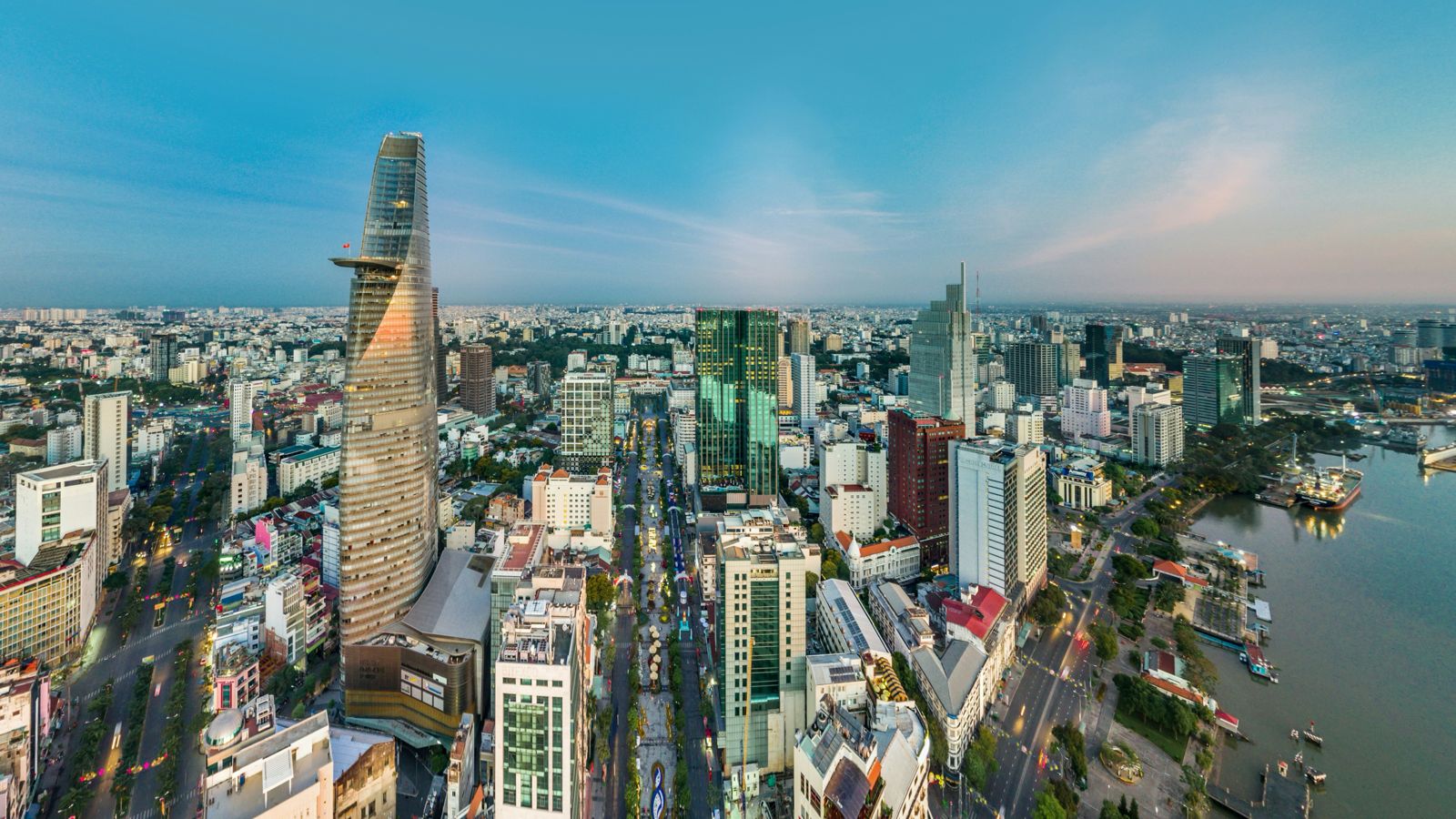For companies seeking growth, entering Southeast Asia is a tempting strategy. Done right, brands can go big. But compared to Europe or the US, successful scaling in this region is never a simple copy-paste task – being open to new approaches while understanding what you don’t know is critical.
Tapping the Southeast Asian Market
Imagine you’re an American chef flown into Southeast Asia to cook lunch for five local VIPs, each from a different country, and each one orders a classic national dish. Working alone, you must prepare Thai tom yum soup, Indonesian nasi goreng, Vietnamese pho, Filipino adobo and Singaporean chicken rice. With scant local knowledge and little time, it’ll be a miracle if you capture the nuances of five unique culinary traditions. Most likely, it’ll be a botched affair that sees every guest lose trust in your abilities and avoid your services in future.
It might sound far-fetched, but this scenario isn’t a million miles away from the experience of a business manager jetting in from overseas to scale or expand a B2B technology company in Asia. Take the ASEAN region, for example. Home to an estimated 665 million inhabitants, its ten member states represent one of the most diverse regions on the planet, with economies in various stages of development and a rich melting pot of languages and cultures. With multiple markets to cover, it’s a struggle for a business manager to know where to start, especially with no in-depth network knowledge. If you’re selling a best-of-breed or challenger enterprise, convincing this eclectic mix of customers is only more difficult.
Businesses can easily waste a lot of time and money fruitlessly trying to build quality connections across Asia. This article looks at how you can quickly and cost-effectively kick-start your operations in the region by gaining market knowledge, understanding local needs and establishing trust without putting your own people on the ground.
Let’s begin by looking at the opportunities in Southeast Asia.
Leveraging Opportunities in Southeast Asia
Firstly, despite the global economic headwinds and rising interest rates, Southeast Asia remains resilient and shows faster growth than many other parts of the world. GDP for ASEAN’s five biggest members – Indonesia, Malaysia, the Philippines, Singapore and Thailand – will grow 5% in 2022, according to the Japan Center for Economic Research and Nikkei, far outpacing IMF estimates for the United States (1.6%) and the Euro area (3.1%).
Significant investments in infrastructure to provide access to the Internet and increase digital adoption means Southeast Asia is on the path to becoming a $1 trillion digital economy by 2030, according to a Google, Temasek and Bain & Company report. The region has more than 440 million Internet users, with the number of digital consumers soaring by 20 million in the first half of 2021 alone.
The rising middle class, defined as households with per-capita daily consumption of US$10 to US$100, will strengthen longer-term growth in Southeast Asia. UOB expects 65% of the region’s population to be middle class by 2030, with 60% under 35 years of age. This demographic shift is leading to increased spending power, with total e-commerce sales predicted to double to US$254 billion in gross merchandise value (GMV) by 2026, and the average annual consumer spend online set to nearly triple between 2020-2026, according to a study conducted by Bain & Company and commissioned by Facebook.
As Southeast Asian markets look to move away from legacy systems, the pace of growth and innovation creates tremendous opportunities. Tech companies looking to sell ecommerce enabler products to FMCG companies, for example, can expect strengthening demand in fast-growing markets like Indonesia – the ninth largest ecommerce market in the world in 2021 – and Thailand, where mobile commerce’s compound annual growth rate will hit 12% to reach a total value of $25 billion by 2023.
Growth-hungry businesses have no time to lose to succeed in this dynamic landscape.
But as we outlined earlier, the region’s diverse nature presents a significant challenge for scale-ups looking to break into these markets. The direct approach is complex. A single business manager might seem like a small investment at first, but they’re unlikely to get far covering multiple markets with little network knowledge. Yet you can’t really afford to put more of your own people on the ground.
How to Fast-track Expansion in Southeast Asia
You could hire a local with better network knowledge, but it’s not easy for anyone on their own. In addition, they’ll be difficult for you to control from your company headquarters located halfway across the world.
Others might try flying in and out, the business equivalent of speed dating, dashing from one meeting with prospects to the next, hoping one of these interactions will result in a deal. But such brief exchanges fail to deliver the number one commodity – trust.
Why Trust is Vital
Today, a customer in Southeast Asia can purchase a software solution from anywhere in the world, but they want to know where support and implementation will come from. Unlike senior management, their IT teams might not be English-speaking, so getting expert local assistance is essential.
Working with partners, such as agents or resellers, brings challenges, too, as they lack deep knowledge of your products and have little incentive to go the extra mile in selling your solution.
The Sales-as-a-Service Growth Solution
The solution is to harness the power of a growth engine to drive your company’s rapid expansion across Southeast Asia. AccelerAsia is an extension of your sales team, providing people on the ground with in-depth knowledge to identify your best target markets and potential customers. You get dedicated B2B sales specialists with local language skills, all trained using a bespoke sales process, plus a network of high-quality connections. And for added one-stop-shop convenience, market assessment, enterprise sales and sales development are supplemented by a suite of other vital services, including channel sales, growth and event marketing, customer success, and recruitment.
Speed of implementation, feedback and results make AccelerAsia’s multi-strand, Sales-as-a-Service model invaluable. It immediately kick-starts your operations, enabling your company to ramp up across the region from day one. Say goodbye to waiting months for your business manager to settle into their new overseas environment or the fear of losing your presence if they suddenly leave the company. There are none of the high risks of failure setting up multiple entities across the region and no more endless ghosting from partner agents.
A diverse region like Southeast Asia doesn’t have to be impenetrable – given the proper market knowledge and a skilled team of specialists, you have the crucial ingredients for a successful scale-up or expansion strategy.
Want to know how AccelerAsia can kick-start your business growth across Southeast Asia? Chat with our team today.



